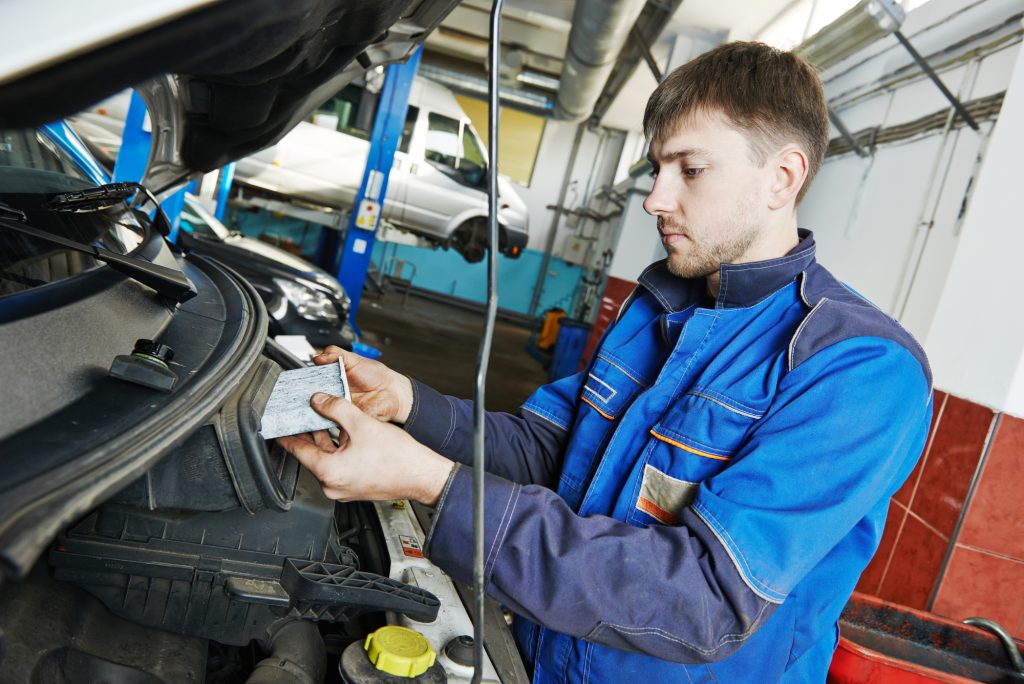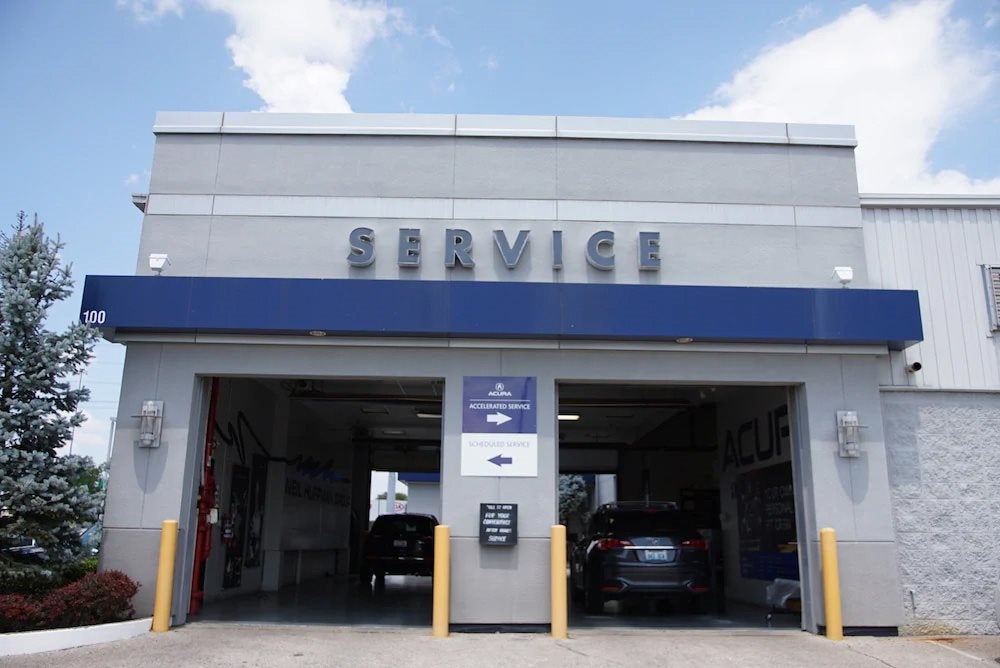Are You Maintaining Your Car Properly?
Following the manufacturer’s recommended service schedule is the best way to maintain your car and keep it running in the best condition. But a lot of people overlook the things that are not routine maintenance items. Due to cost, avoidance, or just forgetfulness, some people opt out of doing necessary maintenance to their car. But many of these items are critical to the long-term life and enjoyment of your vehicle.

Here are five commonly overlooked car maintenance items:
-
Cabin Air Filter
Most vehicles have a cabin air filter. This filters the fresh air that your heating and air conditioning system draws into the vehicle and the air you breathe every time you are in the car. If the cabin air filter gets clogged, less fresh air is drawn into the cabin, and your car can become polluted with stale air, odors, pollen and germs. Also, a clogged filter can restrict the amount of air circulated by your fan, reducing the efficiency of your system.
A clogged cabin air filter can also lead to a film being deposited on the inside of your windows. This makes the windows fog up easier and can cause excessive glare while you’re driving at night. Replacing the cabin air filter is generally fast, easy, and inexpensive. It will make your car smell better, help your heating or air conditioning work better, and make the air in your car healthier to breathe.
-
Fuel Filter
Fuel filters are a critical part of your engine’s performance, removing dirt and contaminants from fuel before it enters the tiny passages in your throttle body and fuel injectors. In older cars, they were conveniently located near the carburetor and were easy to change. Modern filters on fuel injected cars are often located somewhere under the car, are more difficult to get to, are usually under pressure, and can be difficult to change.
However, since these filters prevent dirt or contamination from causing very expensive problems in your engine, be sure to replace them as your manufacturer recommends. Most modern fuel filters are designed to last from 50,000 to 100,000 miles, so the expense of changing the fuel filter is worth it because they do last a long time and prevent expensive damage.
-
Coolant Flush and Fill
Most new cars come with long-life coolant that lasts up to 100,000 miles or more. Regardless of the expected life of coolant, coolant degrades over time with normal use. As the coolant degrades, the ph level (acidity) changes, and the coolant’s ability to protect your engine decreases. As coolant degrades, it can also start to gum up or cause rust in your engine, creating issues that can cause expensive damage to your car.
Always consult your manufacturer’s recommendations, but generally a coolant flush and fill should be performed close to the 100,000 mile mark. And depending on the coolant used to refill the system, the requirement to flush and refill may change after that point. It’s generally recommended to use the manufacturer specified coolant, but issues like cost might influence your decision. Be ready to adjust your service interval afterwards based on the replacement coolant you choose.
-
Automatic Transmission Fluid Flush
Automatic Transmission Fluid serves many functions. Besides being the main functioning component in your transmission (it is the hydraulic fluid that makes your transmission work), it also serves to cool your transmission and lubricate all the gears and clutches inside the transmission. Many vehicles have long-life transmission fluid within a sealed system, designed to never need servicing. But modern transmissions generate more heat in smaller spaces with less airflow, so the fluid does degrade over time. The fluid also becomes burnt, dirty, or contaminated and needs to be replaced.
Refreshing your transmission fluid with a full flush will help keep your transmission operating at peak efficiency for a long lifetime. You want to have this service done before you start having transmission problems – if you’re having problems with your transmission, the damage from heat or contamination has probably already been done.
And note that a fluid flush generally should include a new filter and a complete flush. A lot of shops will just drop the pan and drain the fluid, but in most transmissions this only changes about a third of the fluid in the overall system. Be sure to choose an auto shop that uses a pump to circulate fresh fluid into the entire system as the old fluid is drained out.
-
Brake Fluid Flush
Like all other fluids in your vehicle, brake fluid degrades over time. Even though it is in a sealed system, brake fluid is hygroscopic, which means it attracts and absorbs moisture. As humidity changes and the brake fluid heats and cools from use, it absorbs moisture from surrounding air. This water lowers the boiling point of the brake fluid, which causes it to evaporate quicker and reduces the ability of your brakes to work effectively.
Additionally, moisture can cause rust and corrosion inside your brake lines, master cylinder and other parts, creating further problems with the efficiency of your braking system and possible leaks.
Manufacturers vary widely in their recommended intervals for brake fluid flushes, but it comes down to your local climate, weather conditions, and how hard you use the brake system in your vehicle. If your brake fluid is anything but crystal clear (yellow and greenish tints are typical of degraded fluid) or if your fluid has “specs” of dirt or contamination, it’s definitely time for a flush.
This isn’t a complete list of maintenance services, but these are just some of the maintenance services that are commonly overlooked and can influence the performance, longevity, and enjoyment of your car.

Contact the friendly and helpful Service Department at Neil Huffman Acura at Oxmoor to discuss your service options today. Appointments can be made by phone at 502-209-7380 or you can even conveniently schedule a car repair appointment online.



